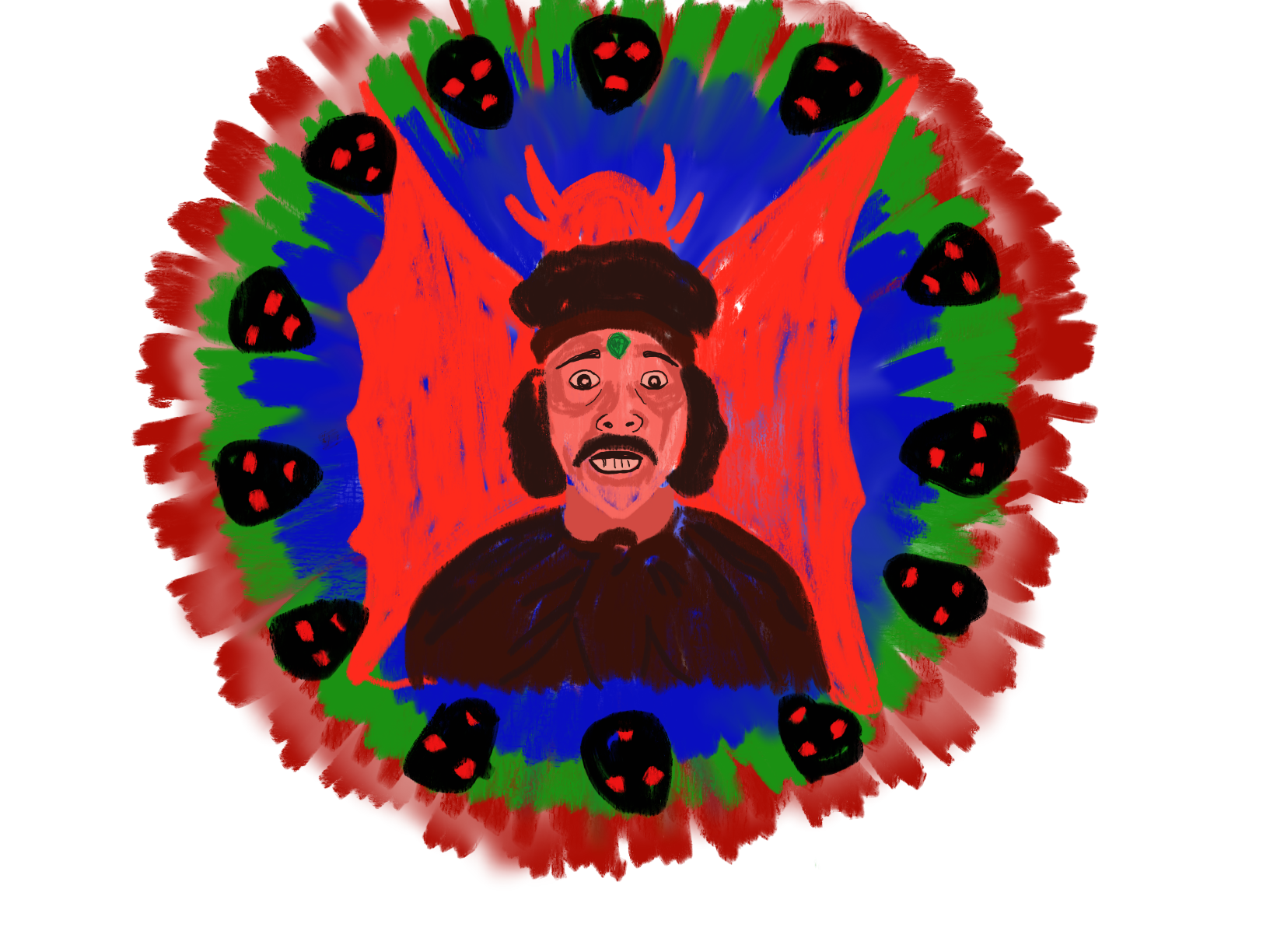An urban growth boundary (UGB) is a system that ensures the steady and supervised growth of urban and suburban sprawl. The line is drawn to effectively separate urban growth from rural development, which is less dense. In Portland, it allows the city to maintain farmland and the beautiful wilderness that is a point of pride for many Oregonians.
Growing the urban growth boundary
An urban growth boundary (UGB) is a system that ensures the steady and supervised growth of urban and suburban sprawl. The line is drawn to effectively separate urban growth from rural development, which is less dense. In Portland, it allows the city to maintain farmland and the beautiful wilderness that is a point of pride for many Oregonians. A problem arises, however, when it comes time to expand the growth boundary to allow for healthy growth. The question of how far the boundary should expand, and in which areas, is answered by many and in a variety of ways.
The boundary was designed in the 1970s by Metro’s predecessor, the Columbia Region Association of Governments, and implemented soon thereafter. The stated purpose of the UGB, according to Metro’s official literature, is to control urban expansion onto farm and forest lands while still allowing a given amount of space for development over a given time period. In other words, the line is drawn and Metro says to stay behind it. However, the boundary has been increased about three dozen times, contrary to its original intention. What is the point of drawing a line in the sand if it can be moved for a multitude of different reasons? The line needs to be set, not dynamic, and the rules need to be stricter on why, when and by whom the line may be moved.
The groups who are, perhaps, most strongly against the UGB are commercial developers who say they need room for mini-malls and apartment complexes—basically, more sprawl. This not only leads to more driving and more highways, but eventually leads to new homes and suburban communities filled with those who wish to live or work near the newly built area which already happens to be on the edge of the boundary. Though Metro “encourages” efficient land use, the rules regarding what is efficient and what is not are vague.
What some of these developers seem not to realize is the vast amount of unused space already contained within the boundary. Vacant lots and empty buildings are not in short supply throughout the metro area. In fact, Michael Jordan, the chief administrator at Metro, says, “There are 15,000 acres of vacant, buildable land inside the existing urban growth boundary, including 10,000 acres that can accommodate new employment.”
Not all of this land is usable for commercial development, but the amount of land left is more than enough to justify keeping the boundary where it is. However, another problem arises when we talk about building within an established urban development.
It is no secret that the majority of residents in the Rose City are pro-green, pro-sustainability. Even so, there are those who ascribe to the “not in my backyard” philosophy of cohabitation—those who wish for development to stay within the boundary as long as said development is nowhere near their house. A recent survey conducted by Davis, Hibbitts and Midghall, Inc., shows that while 80 percent of voters found it preferable to build within the boundary rather than extend it, about 43 percent said that they would be opposed to even the most posh of apartments being constructed on the busiest street near their community. Where is it that these folks expect development to happen, then?
The rules involving development outside of the boundary, which is supposed to be rural, are not incredibly well defined. In fact, there are those who take advantage of the rules to build themselves a large house away from the hustle and bustle of the Metro area. The U.S. Census Bureau reported that between 2000 and 2004, in over 98 percent of instances of domestic immigration, people moved into counties outside of the boundary. Many single-family homes with no farmland can be seen outside the boundary simply using Google Earth. Designating a certain use for land outside of the UGB is not generally required. This is, effectively, still sprawl. The only difference is that the plots on which the houses are built are generally bigger than the plots within the boundary. This also does not help with freeway and highway congestion, or efficient land use.
Drawing a line just to cross it doesn’t really serve anyone’s interests—just look at Yosemite Sam. The rules governing the expansion of the UGB need to be well defined and well understood, and folks within the boundary need to be willing to concede some of their neighborhood space to allow for development that will keep forests and farmlands from being encroached upon by housing developments, if not obliterated completely. Draw the line and keep it there until it is prudent and necessary to move it. Preserving the Oregon wilderness is worth adding a little more density to the metro area.



